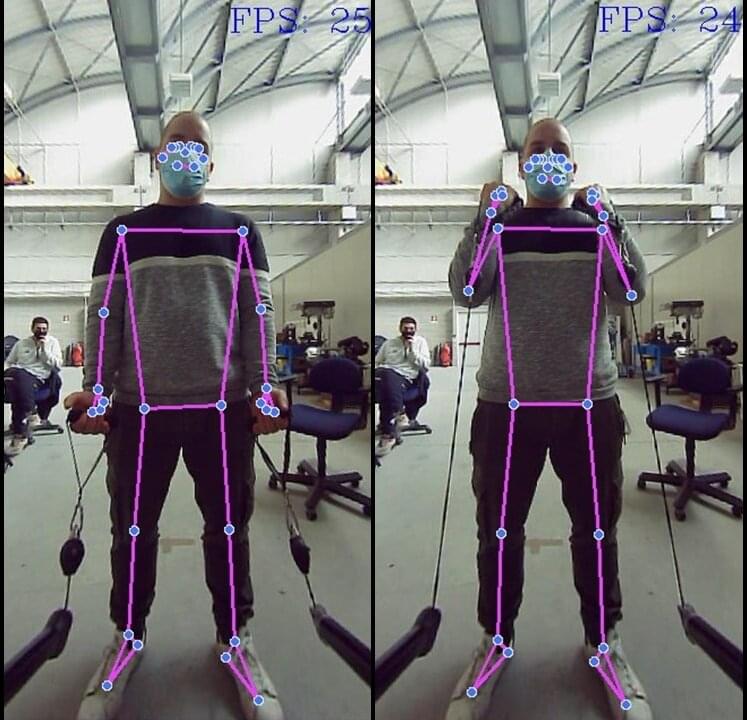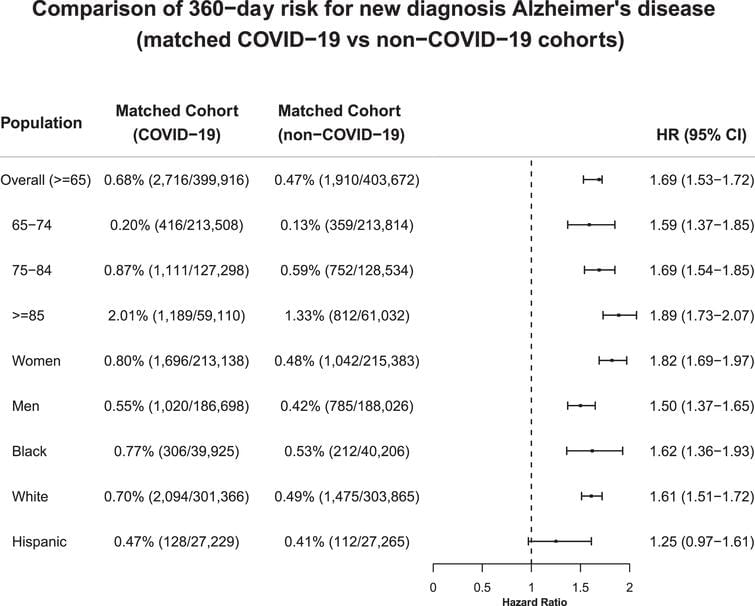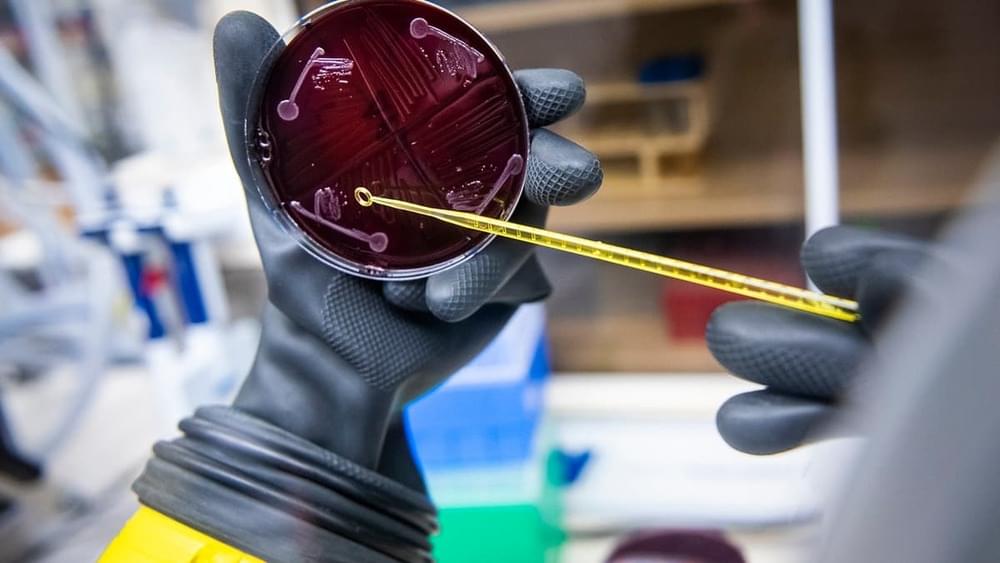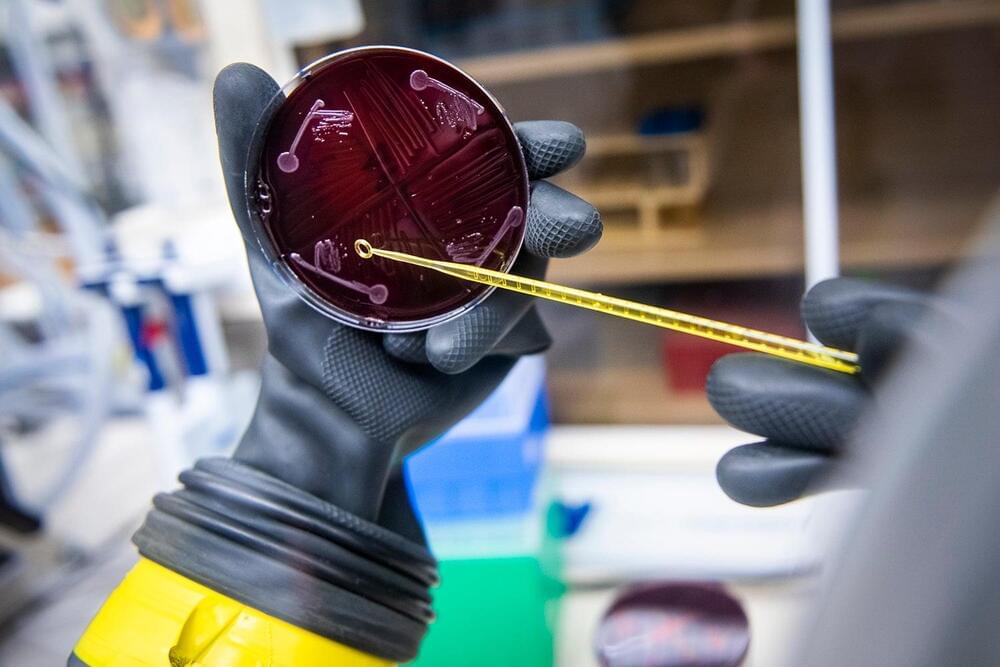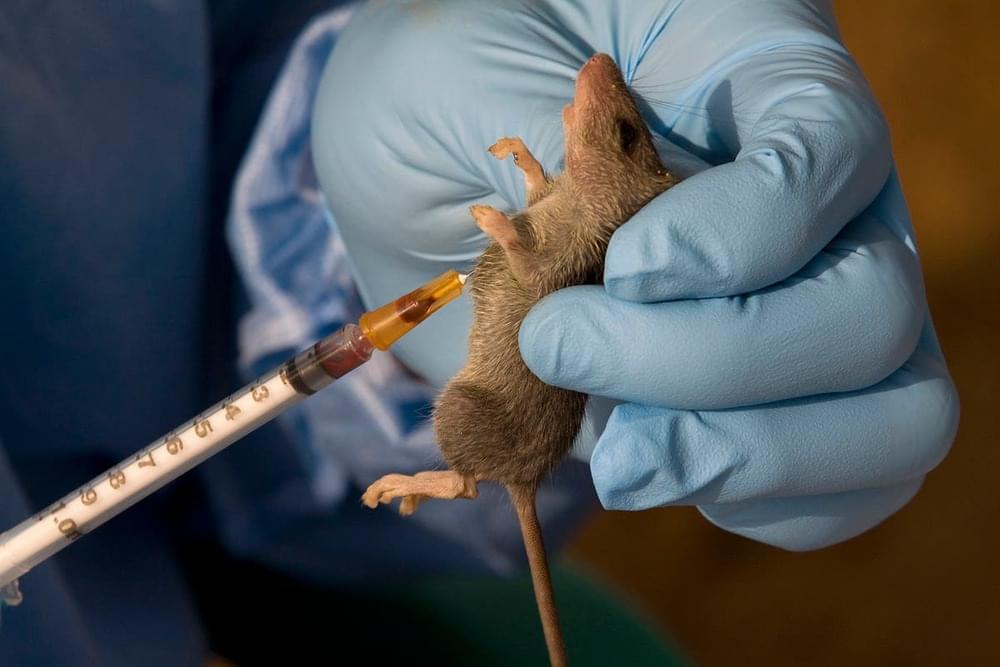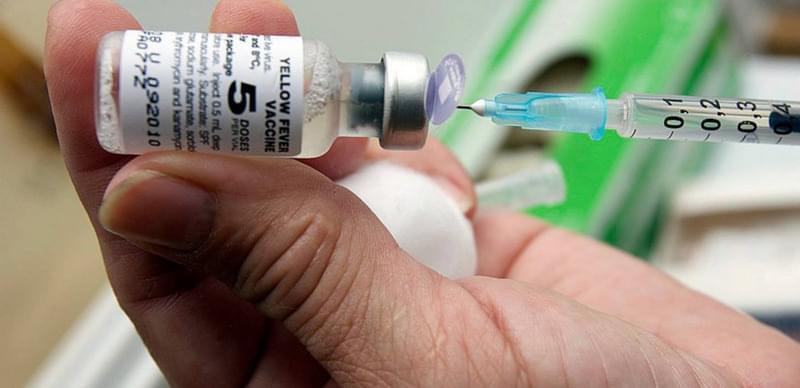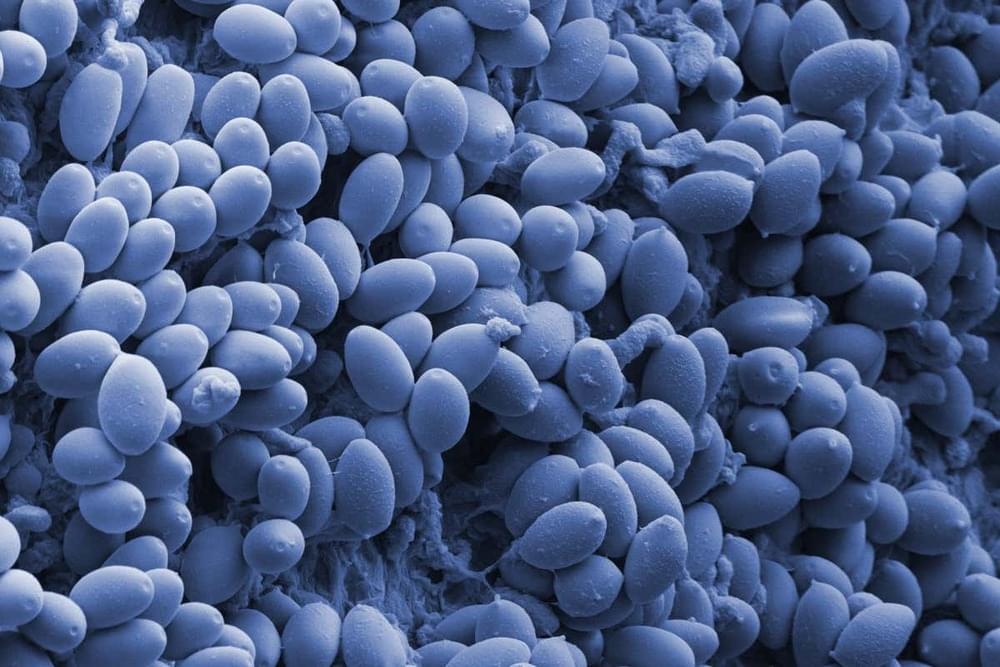Sep 13, 2022
Scientists Develop a New, Powerful Cancer-Fighting Weapon
Posted by Saúl Morales Rodriguéz in categories: biotech/medical, health
Cancer is one of the major global public health problems and is caused by abnormal cell proliferation. A plant immune protein has recently been found to enable widespread anti-tumor responses by alleviating micro-RNA
Ribonucleic acid (RNA) is a polymeric molecule similar to DNA that is essential in various biological roles in coding, decoding, regulation and expression of genes. Both are nucleic acids, but unlike DNA, RNA is single-stranded. An RNA strand has a backbone made of alternating sugar (ribose) and phosphate groups. Attached to each sugar is one of four bases—adenine (A), uracil (U), cytosine ©, or guanine (G). Different types of RNA exist in the cell: messenger RNA (mRNA), ribosomal RNA (rRNA), and transfer RNA (tRNA).

